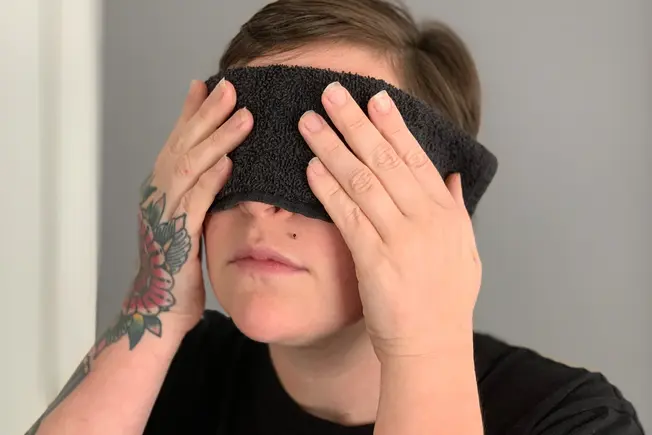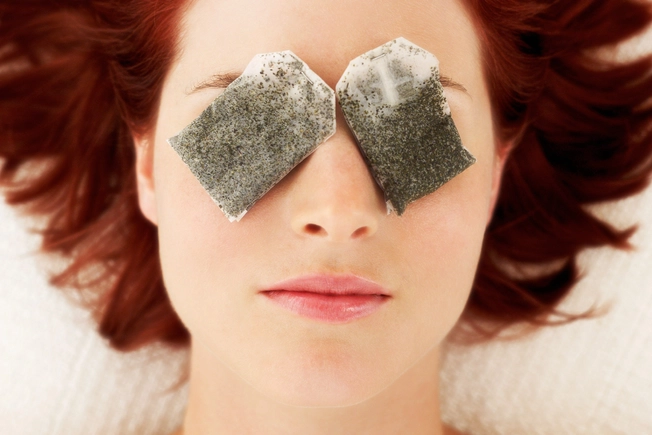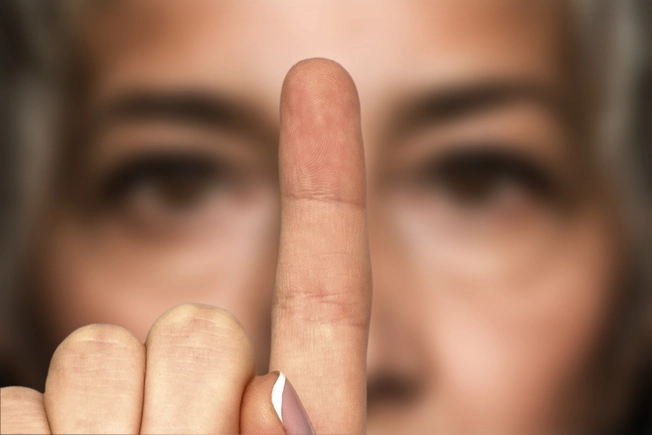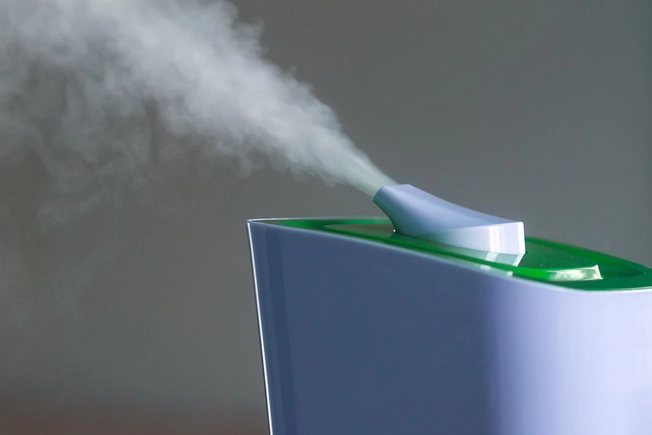How to Relieve Tired Eyes


Apply a Warm Washcloth
Try a washcloth soaked in warm water on your tired, achy eyes. Warm compresses can:
- Add moisture
- Ease pain
- Increase blood flow
- Relax muscle spasms
Wash your hands before you start so bacteria doesn’t get in your eyes. Dip your washcloth in water that you've boiled (to sterilize it) and cooled until lukewarm. Then put it on your eyes for 5-10 minutes, or as long as your doctor advises.

Adjust Lights and Device Screens
Different tasks call for different types of light. While you watch TV, it's easier on your eyes to keep the room softly lit. When you read, put the light where it's behind you and pointed toward the page, out of your eyes. On digital screens, adjust the brightness to match the level of light around you. Also, adjust the screen's contrast, so your eyes don't have to strain to see.

Wear Computer Eyeglasses
With these prescription eyeglasses, your eyes can focus at computer screen distance. That's about 20-26 inches from your face. Some have special lenses to help you quickly shift focus between close, middle, and far distances. Before you go shopping, understand that computer glasses are not the same as those that block blue light. Blue light-blocking specs may make you more comfortable, but they don't always prevent eyestrain.

Palm Your Eyes
Eye experts link this technique to an alternative therapy called The Bates Method, named for eye doctor William Bates. He questioned whether glasses were the only way to fix a person's vision. Research shows his method doesn't correct eyesight, but palming could help to ease eyestrain. Cup your palms over your closed eyes, putting no pressure on your eyeballs. The idea is that this can help to relax your eyes.

Change Your Computer Setup
Small tweaks can make a big difference to your eyes. Make sure your screen is about arm's length (20-26 inches) away from your face. The center of the screen should be slightly below eye level (4-5 inches). It helps to have a chair you can move up and down. Adjust the text size so you don't squint. And try a document holder next to your monitor for printed papers. This limits how much you move your eyes back and forth.

Try Tea Bags
Tea bags are good for more than a hot drink. They also work as a relaxing cold compress for your eyes. After you've brewed chamomile or regular tea, put the bags in a clean container in the fridge. Once they've cooled, put them on your eyelids to help soothe your eyes and reduce swelling. Make sure you've washed your face and hands well and taken out your contacts. And don't get any tea in your eyes.

Do Eye Exercises
Your eyes have muscles, and they can benefit from a workout, too. Try this: Hold your finger a few inches from your eyes and focus on it. Then, focus far into the distance, then back on your finger. Repeat a few times. Or, close your eyes, roll them up toward the ceiling, then down toward the floor. Look to the right, then left. These exercises may help ease eye fatigue. But they won't actually make your eye muscles stronger.

Take Screen Breaks
Experts say that when you use a digital device, you should take regular screen breaks. They recommend the 20-20-20 rule. Take a 20-second break to look at something 20 feet away every 20 minutes. Another tip: for every 2 hours of screen time, rest your eyes for 15 minutes.

Improve Your Air Quality
When your eyes are dry, they feel more tired. Use a humidifier to add moisture to the air and your eyes. A humidity level of at least 45% is best. Also, adjust your thermostat or move away from vents so dry air doesn't blow on your face. If you smoke, think hard about quitting.

Try Artificial or Real Tears
Over-the-counter or prescription eye drops relieve dry, tired eyes. Use them even when your eyes feel fine to keep them moisturized and stop your symptoms from coming back. Or, if you prefer to make natural tears, remember to blink more often, especially when you're on a digital device. We usually blink 15 times in a minute. But when we're on a computer, that drops to 5-7 times.